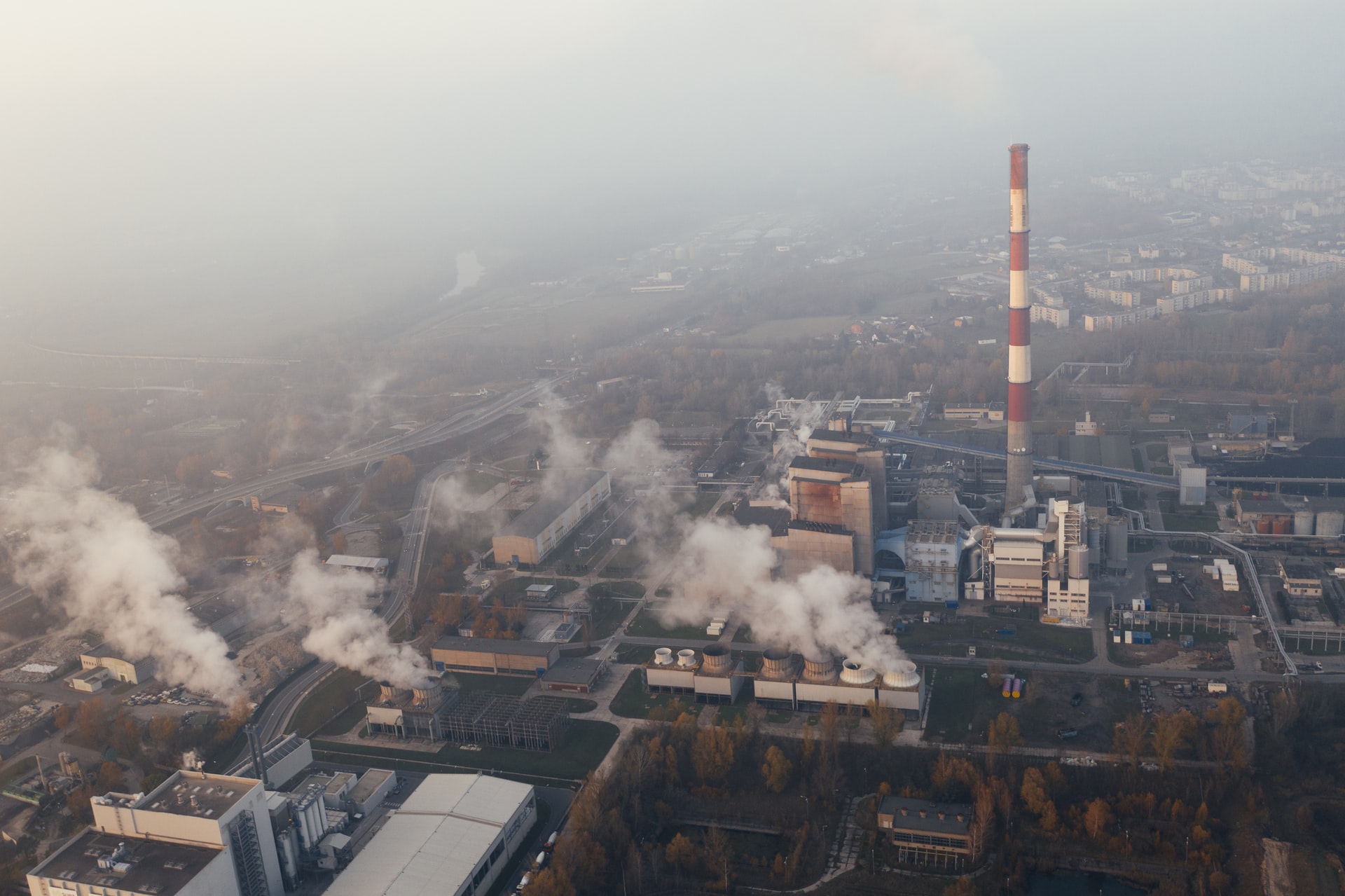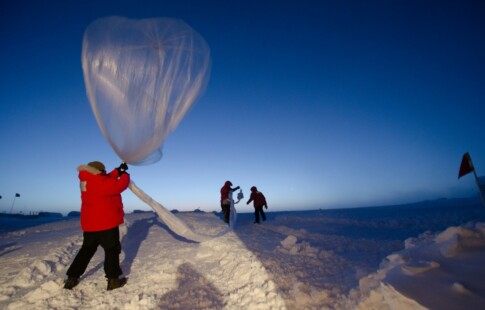
What Causes Thermal Pollution? 7 Factors
We are reader-supported. When you buy through links on our site, we may earn affiliate commission.
If you have an aquarium, you know that adding too hot or too cold water can kill your fish. Human beings do the equivalent to our home, planet earth, every day and the effects contribute to climate change.
Leading experts agree that allowing temperatures to creep up by 2 degrees will render the earth unrecognizable and uninhabitable for many. What causes thermal pollution? Here are seven factors.
1. Coolant From Factories
Think back to the aquarium scenario and how disastrous it would be to add boiling water to your tank. Many factories do the equivalent to various waterways every day. Industrial plants use water as a coolant during processes, returning it to the environment at higher temperatures. Fish and other organisms accustomed to a specific range go into thermal shock and die.
The danger doesn’t only affect plants and nonhuman animals. It also impacts global warming, a threat from which humans cannot hide. Earth’s temperatures come from two forces: geothermal energy and net heat generated from human activities. The global use of fossil energy emits approximately 9,000 million metric tons of energy, eventually dissipating as heat. This excess cannot dissipate through the atmosphere quickly enough, leading to a worldwide rise.
What can manufacturers do to minimize their impact on the environment? They can use scientifically proven methods such as creating artificial lakes, cooling ponds and cooling towers. Each technique has its advantages and drawbacks. For example, artificial lakes might work best in arid regions as areas with frequent rain could draw excess water vapor from the atmosphere.
2. Deforestation
Dr. Suess’ “Lorax” spoke for the trees and the little fictional character wasn’t far off the mark when describing deforestation’s impact on the environment. Human beings need vegetation. U.S. forests alone offset about 10% to 20% of fossil fuel emissions each year.
Unfortunately, deforestation continues to occur rapidly as people seek affordable homes and construction costs soar. Many people can only afford housing far from city centers, increasing carbon emissions requiring longer commutes. Furthermore, building in the outskirts requires developers to fell large swaths of trees. Replacing them helps, but they take time to grow, increasing their ability to store carbon as they age. Preserving old growth is best for combating climate change.
Addressing this cause of thermal pollution requires a deep-sea change in the country’s economic mindset. Instead of interpreting “progress” as “he who dies with the most toys wins,” pushing ever-growing inflation, they should consider true advances those that benefit society as a whole, not only a handful of people profiting off the exploitation of other human beings — and the planet they all share.
3. Soil Erosion
Soil erosion also contributes to thermal pollution. How? Displaced soil causes water bodies to rise, exposing them to more sunlight and UV radiation. Then, the higher temperature of the water also causes fatal problems, decreasing oxygen levels to zero and killing the plants and animals dependent upon it to survive.
When aquatic systems die, it affects more than the fish. Every living creature depends on water to live. Disappearing ecosystems create a ripple effect, depriving land-bound animals of the nutrients and hydration to thrive.
4. Runoff From Cities
Hopefully, you know better than to walk barefoot on a city sidewalk in the summertime — and you protect Fido’s paws, too. The same heat that can burn your soles also cooks everything resting on it, down to the last speck of dust. It also boils the stormwater pouring on it from the sky and flowing into waterways.
Fortunately, the following three atmospheric conditions must exist before this phenomenon occurs:
- Air and dew point temperatures must exceed stream temperatures.
- Rainfall events are short and intense and preceded by full or partial sun.
- Watersheds have a high percentage of impervious, paved surfaces.
Developers living near coastal regions should leave sufficient natural areas surrounding waterways. The soil and living plants filling it dissipate thermal pollution before it can affect aquatic life.
5. Retention Ponds
Retention ponds create a buffer between industrial runoff and the groundwater beneath. They feature impervious surfaces that keep job site chemical waste from contaminating the soil. Unfortunately, these enclosed structures also heat up, contributing to thermal pollution.
The problem occurs when industry empties these ponds into a larger body of water like a lake or river. Once again, the high temperature produces the same effect as dumping boiling water into your aquarium.
6. Geothermal Vents
Thermal pollution doesn’t always stem from human causes. Underground volcanoes, geothermal vents and lava can raise the temperature of nearby waterways by several degrees.
Fortunately, geothermal energy also offers significant promise in combating climate change. Geothermal power creates a renewable reservoir where industries inject fluid deep into the earth. It then returns heated — a nearly circular loop.
What’s the problem? Many people confuse the technology used with oil and gas fracking practices that produce considerable environmental devastation. However, geothermal fracking uses far less pressure than oil and gas and has no carbon emission-producing combustion at the end. Educating the public about the science could clear the way for more investment in this sustainable technology.
7. Domestic Sewage
Finally, domestic sewage also contributes to thermal pollution. Many places dispose of sewage by releasing the treated stuff into waterways. However, the temperature is often considerably higher than nearby waterways, causing problems.
Municipalities can reduce such issues by using technology to cool waters before entry. Scientists are also investigating how to transform biomass from municipal waste into a sustainable energy source.
What Causes Thermal Pollution?
Thermal pollution contributes to global warming. It stems from various causes, from industrial cooling to surface runoff.
Now that you understand the factors influencing thermal pollution, you can take measures to prevent it. You can also pressure civic and industry leaders to take action in combating this environmental threat.
Share on
Like what you read? Join other Environment.co readers!
Get the latest updates on our planet by subscribing to the Environment.co newsletter!
About the author
Steve Russell
Steve is the Managing Editor of Environment.co and regularly contributes articles related to wildlife, biodiversity, and recycling. His passions include wildlife photography and bird watching.





